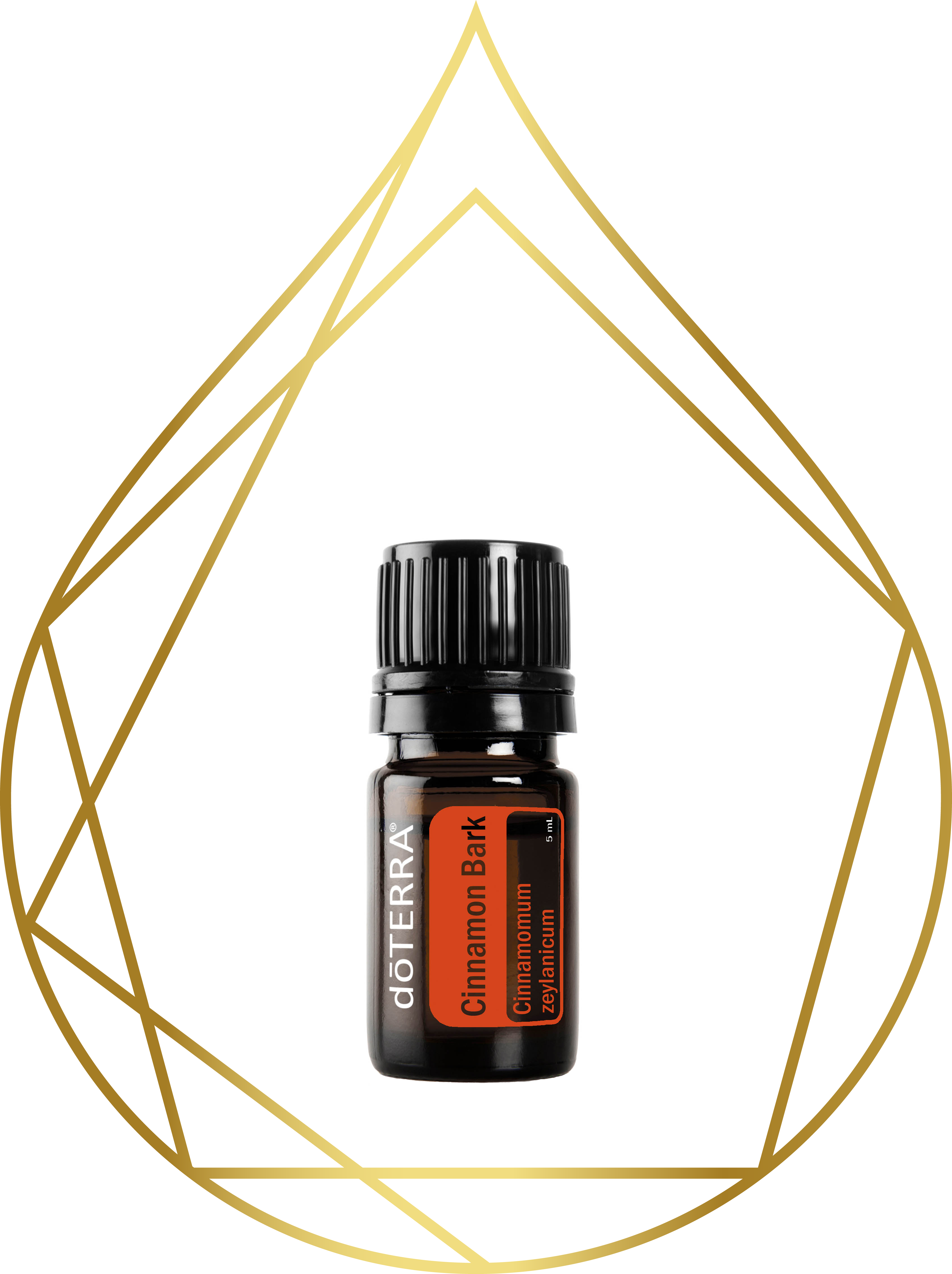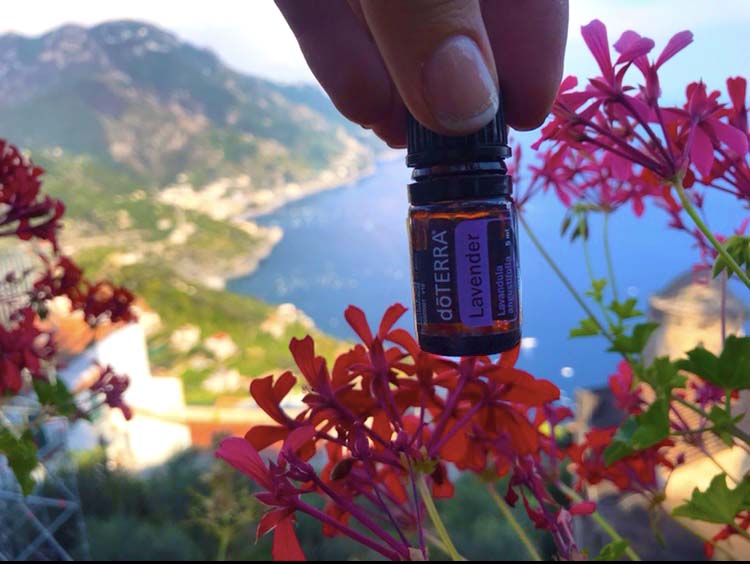
Primary Benefits
Internal use supports healthy metabolic function
Helps maintain a healthy immune system when taken internally
Naturally repels insects
Long used to flavor food
Aromatic Description
Spicy, woody, with a sweet, biting note, warm
Collection Method
Steam Distillation
Plant Part
Bark
Main Constituents
Transcinnamaldehyde, cinnamyl acetate, eugenol
Well-known for its use as a spice, Cinnamon Bark oil also has many health-promoting benefits.
Description
Cinnamon is derived from a tropical, evergreen tree that grows up to 45 feet high and has highly fragrant bark, leaves, and flowers. Extracted from bark, Cinnamon oil supports healthy metabolic function and helps maintain a healthy immune system when needed most.* Cinnamon is frequently used in mouth rinses and chewing gums.
Cinnamon has a long history of culinary uses, adding spice to desserts, entrées, and hot drinks. Due to its high content of cinnamaldehyde, Cinnamon should be diluted with a carrier oil when applied to the skin and only one to two drops are needed for internal benefits.
Uses
Put two drops in empty veggie capsule to maintain a healthy immune system
Place one drop of Cinnamon essential oil in hot water or tea and drink slowly to soothe your irritated throat. .
Put two to three drops of Cinnamon oil in a spray bottle for a quick and effective cleaning spray. .
During your nightly routine, add one drop to two ounces of water and gargle for an effective mouth rinse.
Dilute with a carrier oil and create a warming massage for cold, achy joints during winter time.
Directions for Use
Diffusion: Use three to four drops in the diffuser of your choice.
Internal Use: Dilute one drop in four fluid ounces of liquid.
Topical use: Dilute 1 drop essential oil to 10 drops carrier oil. See additional precautions below.
Cautions
Possible skin sensitivity. Keep out of reach of children. If you are pregnant, nursing, or under a doctor’s care, consult your physician. Avoid contact with eyes, inner ears, and sensitive areas.





*These statements have not been evaluated by the Food and Drug Administration. Products listed on this website are not intended to diagnose, treat, cure or prevent any disease.